 The journal Medical Hypotheses recently published an interesting study by Austrian and American researchers proving that people who suffer from a specific vitamin deficiency were more likely to have vertigo than their peers.
The journal Medical Hypotheses recently published an interesting study by Austrian and American researchers proving that people who suffer from a specific vitamin deficiency were more likely to have vertigo than their peers.
When they supplemented their subjects with this vitamin, their vertigo was permanently cured.
What’s more, this vitamin is very cheap, sometimes even free, and can be found in all health food stores and pharmacies.
The authors noticed two conclusions from the already existing literature. First, many studies have found that people with vitamin D deficiency have an increased risk of osteoporosis and bone fractures.
Second, many other studies have shown that people with vertigo are more likely to have osteoporosis and bone fractures than the rest of the population.
As a result, they wondered whether there was a direct relationship between vitamin D deficiency and vertigo.
They identified 18 patients with vertigo at an Austrian hospital and tested their vitamin D levels. They then put them on a vitamin D supplement and, during a follow-up visit, tested their vertigo again.
Vitamin D levels in your body are measured as the amount of circulating 25-hydroxyvitamin D or 25(OH)D in short. Ideally, you should have at least 30 ng/mL (nanograms per milliliter of blood) of 25(OH)D.
The study subjects experiencing their first episode of vertigo had an average of 27 ng/mL (just below the required minimum), while those with severe and recurrent episodes averaged 14 ng/mL, which is less than half of the required minimum.
After they gave the vertigo sufferers a vitamin D supplement, none of them experienced another episode for the next eight months until the study was published.
There are three ways to obtain enough vitamin D:
1. The easiest way is to allow 10 to 20 minutes per day of direct sunlight on your skin. Your arms and legs are the best locations, as the skin is thicker and less sensitive than that of your face. Less than 10 minutes is too little, more than 20 minutes is too much.
2. If you live in the northern hemisphere where bright, direct sunlight is in short supply during the long winters, you can buy a vitamin D supplement. The Institutes of Medicine (IOM) recommends around 600 mg per day for adults and 800 mg for seniors above age 71.
3. Many foods are fortified with vitamin D. Look out for cereal and bread with added vitamin D. Many types of seafood are also high in vitamin D.

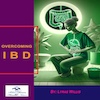 Overcoming IBD
Overcoming IBD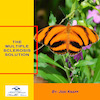 Multiple Sclerosis
Multiple Sclerosis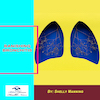 Banishing Bronchitis
Banishing Bronchitis Gum Disease Gone
Gum Disease Gone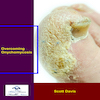 Overcoming Onychomycosis
Overcoming Onychomycosis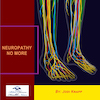 Neuropathy No More
Neuropathy No More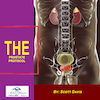 The Prostate Protocol
The Prostate Protocol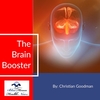 Brain Booster
Brain Booster
 Ironbound
Ironbound
 Solution for Shingles
Solution for Shingles
 The Bone Density Solution
The Bone Density Solution
 The Ultimate Healing Protocol
The Ultimate Healing Protocol
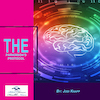 The Parkinson's Protocol
The Parkinson's Protocol
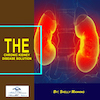 The Chronic Kidney Disease Solution
The Chronic Kidney Disease Solution
 Overthrowing Anxiety
Overthrowing Anxiety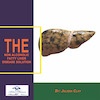 The Fatty Liver Solution
The Fatty Liver Solution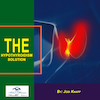 The Hypothyroidism Solution
The Hypothyroidism Solution
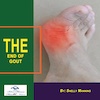 The End of Gout
The End of Gout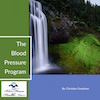 The Blood Pressure Program
The Blood Pressure Program
 The Oxigized Cholesterol Strategy
The Oxigized Cholesterol Strategy
 Stop Snoring And Sleep Apnea Program
Stop Snoring And Sleep Apnea Program
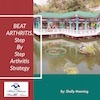 The Arthritis Strategy
The Arthritis Strategy The Vertigo & Dizziness Program
The Vertigo & Dizziness Program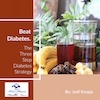 The 3-Step Diabetes Strategy
The 3-Step Diabetes Strategy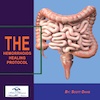 Hemorrhoids Healing Protocol
Hemorrhoids Healing Protocol The Erectile Dysfunction Master
The Erectile Dysfunction Master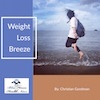 Weight Loss Breeze
Weight Loss Breeze The IBS Program
The IBS Program The Insomnia Program
The Insomnia Program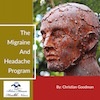 The Migraine and Headache Program
The Migraine and Headache Program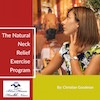 The Neck Pain Solution
The Neck Pain Solution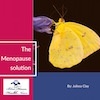 The Menopause Solution
The Menopause Solution The Ejaculation Master
The Ejaculation Master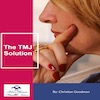 The TMJ Solution
The TMJ Solution The Acid Reflux Solution
The Acid Reflux Solution The Fibromyalgia Solution
The Fibromyalgia Solution The Psoriasis Strategy
The Psoriasis Strategy